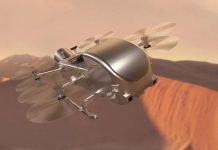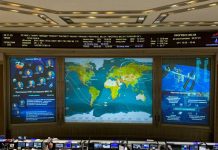the connection with which was lost in July
On July 28, NASA announced that it had temporarily lost contact with the Voyager 2 spacecraft due to the misdirection of its antenna. Although the issue was short-lived, it attracted the attention of the international community and highlighted the importance of accurate navigation for successful missions in space.
During a planned maneuver to rotate the antenna to maintain communications (as a result of human error), an incident occurred due to which the antenna on Voyager 2 was temporarily pointed in the wrong direction. The offset error of the spacecraft antenna was only 2%, but this was enough to break the connection.

NASA received a signal from Voyager 2
Since the probe is located at a distance of about 18.5 billion kilometers from the Earth, restoring communication and clarifying its position is a technically difficult problem. A signal from such a distance reaches the Earth in more than 18 hours.
Commenting on the problem, professor of astrophysics Stephen Hawkins noted: “Such failures can lead to monstrous consequences. We must be extremely attentive to detail in ensuring uninterrupted communication with our probes in the depths of space in order to continue planetary exploration and multiply scientific achievements.
At present, communication with Voyager 2 has been fully restored, and the mission continues. Had the search for the spacecraft been unsuccessful, NASA engineers would have had to wait for the spacecraft’s automatic software reset in October to restore communications. The spacecraft is programmed to maintain the orientation of the antenna to the Earth, for which it changes its orientation in space several times a year.
Voyager 2 was launched in 1977, and in recent decades has provided unique scientific data about our solar system and its boundaries. Explorations have included close encounters with Jupiter, Saturn, Uranus, and Neptune. In 2018, more than 40 years after launch, Voyager 2 entered interstellar space.




